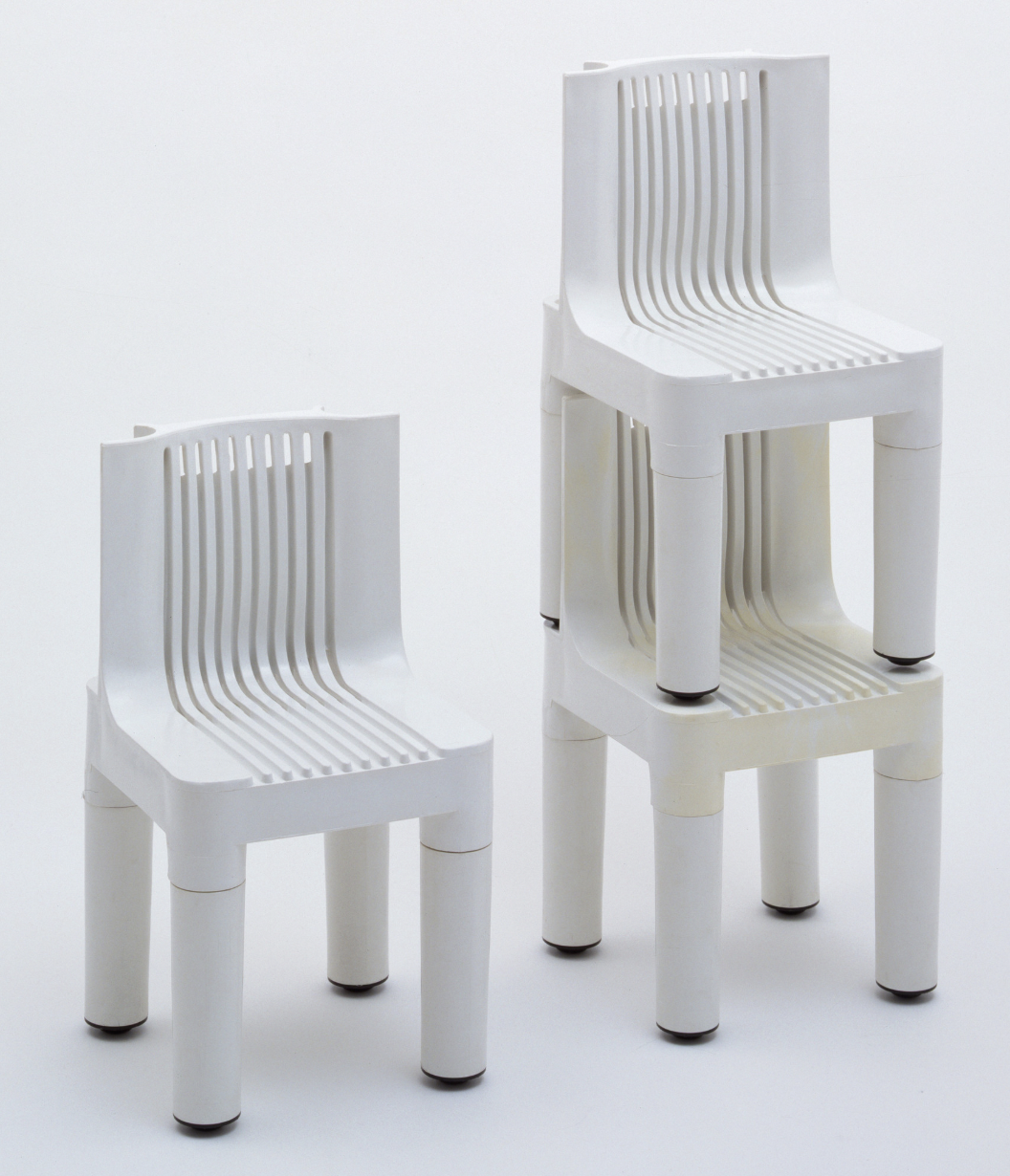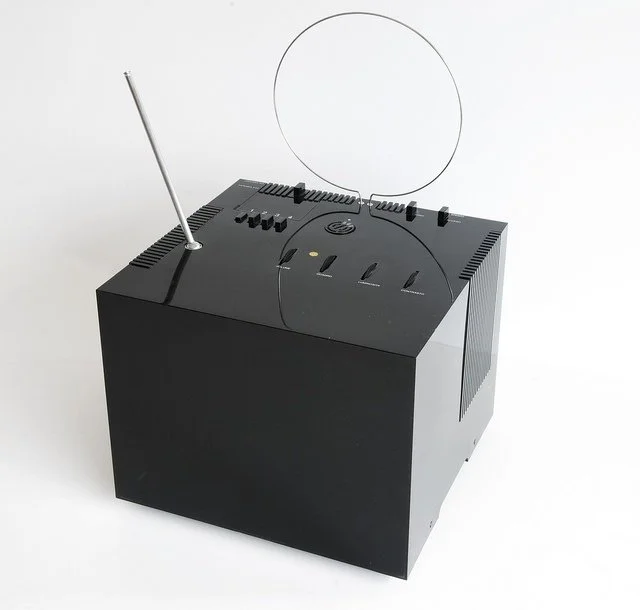MARCO ZANUSO
1916 - 2001
MARCO ZANUSO
Marco Zanuso came of age at a tumultuous time. Whilst studying architecture at Polytechnic in Milan, geopolitical tensions rose across Europe. Germany began its territorial expansion into Austria, Czechoslovakia and Poland and within Italy, Benito Mussolini began his aggressive expansionism – annexing Albania and signing the ‘Pact of Steel’ with Nazi Germany in 1939. It was at this time – on the same day he graduation – Zanuso was conscripted as a Marine in the Italian Navy.
Four long years at sea awakened for Zanuso a keen interest in high technology, production processes, and industrial design. Returning from service and opening his own design practice in 1945, Zanuso began to experiment with new production techniques and materials inspired by the Navy. Zanuso realised early in his design career that the new construction techniques could be simplified the serial production of furnishings — one of the most important issues in the post war period, of which Zanuso was among the foremost innovators.
One of his earliest and most influential product designs was the ‘Lady armchair’, presented at the IX Triennial di Milano in 1951, where it was awarded the Medaglia d’Oro. The Lady armchair was the world’s first armchair in foam rubber and polyurethane foam, an important milestone for industrial design in Italy and around the globe. Upon its release, many understood that it was destined to become an icon of modern and Made in Italy design. With a joyful, upbeat style, the lateral armrests with sinuous “bean-shaped” geometries and thin legs relieving its formal weight became the most relevant design elements. But in the end, it was the industrial production process that became the true key to Lady’s success. Zanuso claimed that “one could revolutionize not only the system of upholstery but also the structural manufacturing and formal potential. Our prototypes acquired visually exciting and new contours with industrial standards that were previously unimaginable.”
In the years following the lady chair, Zanuso’s contributions to Italian design from architecture, furniture and product design, and urban planning. During this time time Marco Zanuso he was both the editor for Domus magazine from 1947 to 1949, and Casabella magazine from 1952 to 1956 whilst also creating his own designed. He developed much of this style from 1958 until 1977, when he and the German designer Richard Sapper started a prolific and fruitful professional partnership and jointly designed numerous lamps, furniture pieces, and electrical appliances. Among the most important product designs from this collaboration are the steel Lamda chair for Gavina (1961), the polyethylene 4999/S stackable children’s chair for Kartell (1961), the famous TS 502 radio (“the Cube”) and the Algol television for Brionvega (1964), and the iconic Grillo phone for Siemens in 1966. Other popular design is the 275 table lamp for the Oluce (1965), and the Maggiolona armchair for Zanotta (1974). During his professional career, Marco Zanuso was recognized by the Triennale di Milano in five different exhibitions (VIII, IX, X, XI and XIII), and he received the Medaglia d’oro and five Compassi d’Oro between 1956 and 1985. The New York Museum of Modern Art, MoMA, currently has 15 of his pieces as part of its permanent collection.
KEY DESIGNS:
Lady armchair: (1951) for Arflex
Antropus sofa: (1949) for Arflex
Triennale sofa: (1951) for Arflex
Martingala chair: (1950s) for Arflex
Woodline lounge chair: (1964) for Arflex
Maggiolina armchair: (1974) for Zanotta
Square armchairs: (1960s) for Techniform and Arflex
Electronic products (often with Richard Sapper)
TS 502 radio: (1963) for Brionvega
Algol television: (1964) for Brionvega
Doney television: (1962) for Brionvega
Grillo telephone: (1967) for Simes
TS 505a portable radio: (1970s) for Brionvega
Architectural projects
Olivetti manufacturing plants: in São Paolo and Buenos Aires (1955-1957)
Necchi factory: in Pavia (1961-1962)
IBM offices: in Milan (1963)
Piccolo Teatro: in Milan (1980)






